Roofers Brigantine NJ repair, replace, and construct roofs. They analyze building plans to ensure that roofing is completed in strict compliance with the design. They also determine the appropriate substrates, materials, and supporting accessories for roof installations.
Roofers work mostly in warm climates with high demand for their services. They usually work as part of a larger team and must communicate effectively.
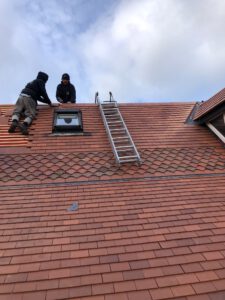
Unlike residential roofs, commercial buildings serve multiple purposes and must be durable enough to hold various types of equipment. Because of this, commercial buildings usually require different materials than a traditional home or apartment. Commercial roofing contractors use products from the best manufacturers in the business, so they are able to provide their clients with a long-lasting, high-quality roof.
Commercial roofs, in contrast to residential roofs, have multiple uses and need to be sturdy enough to support a wide range of equipment. For this reason, the materials needed for commercial buildings are typically different from those needed for residential ones. Using materials from the top manufacturers in the industry, commercial roofers are able to offer their customers a high-quality, long-lasting roof.
Choosing the right commercial roofing contractor is critical to ensure that the roof lasts as long as possible and protects all of the important things inside. If a business owner hires an unqualified roofing contractor, they can expect to pay more for repairs and replacements in the future. Not only that, but hiring an inexperienced roofer may void the manufacturer warranty on their roofing materials.
In order to guarantee that the roof lasts as long as possible and protects everything inside, selecting the best commercial roofing contractor is essential. A business owner should anticipate paying more for future repairs and replacements if they choose to work with an unqualified roofing contractor. Furthermore, using a novice roofer could void the roofing material manufacturer’s warranty.
Commercial roofers often work on taller buildings than residential roofers, so they need to be comfortable working at heights. They also need to be physically fit, as the job is very physical and requires the ability to lift heavy objects and remain confined in awkward positions for extended periods of time.
Commercial roofers must be at ease working at heights because they frequently work on taller buildings than residential roofers. Due to the physically demanding nature of the work, which includes lifting large objects and spending a lot of time in uncomfortable positions, they also need to be in good physical shape.
Managing commercial clients can be challenging because the client usually has a lot of people involved in the project. Skujins recommends that his clients keep the number of points of contact to a minimum and stick with one point of contact for all of his projects. This allows him to manage expectations and avoid conflicting instructions from multiple parties.
Taking care of commercial clients can be difficult since they typically have a large team working on the project. For all of his projects, Skujins advises his clients to maintain a single point of contact and limit the number of points of contact to a minimum. By doing this, he is able to control expectations and steer clear of contradicting directives from various sources.
Roofers who specialize in industrial building work install, repair, and maintain roofs that support heavy loads or a variety of materials. These workers often have more in-depth education and experience, such as a bachelor’s degree in business or industrial technology. They also undergo specialized training and are licensed or certified in their specialty. These workers are often self-employed, but they can also be employed by construction companies or roofing manufacturers. Visit to find out more about the career outlook for roofers, including job duties, education, and training requirements. You can also compare the pay and benefits of this occupation to similar jobs in different industries.
Roofers with expertise in industrial building construction install, fix, and maintain roofs that can hold a range of materials or heavy loads. These employees frequently possess more advanced training and expertise, such as a bachelor’s degree in industrial technology or business. In addition, they receive specialized training and obtain a license or certification in their field. Although they may work for themselves, these laborers can also be hired by roofing manufacturers or construction firms. Visit to learn more about the employment outlook for roofers, as well as the qualifications, training, and educational requirements. The salary and benefits of this profession can also be compared to those of comparable positions in other industries.
The roof of any building is an important structure, and it must be properly maintained to ensure a long service life. If you’re in the market for a new roof, or need to have your current roof repaired, it’s important to find a professional and experienced roofing contractor. A roofer can help you with a variety of roof issues, from minor repairs to re-roofing or replacing the entire roof system.
Any building’s roof is a crucial component that needs to be properly maintained to have a long service life. A professional and experienced roofing contractor is essential if you need to repair your current roof or are in the market for a new one. A roofer can assist you with a range of roof problems, from small fixes to roof replacements or re-roofings.
Specialty roofers are professionals who specialize in the construction of roofing systems. They are skilled in working with a variety of materials and can handle both commercial and residential projects. They are also well versed in the latest roofing technologies. They can provide you with a wide range of services, including installation and replacement of shingles, gutters, skylights, and insulation.
Professionals that specialize in building roofing systems are known as specialty roofers. They can handle both residential and commercial projects and have a wide range of material skills. They also know a lot about the newest advancements in roofing technology. They can offer you a variety of services, such as insulation, skylight installation and replacement, gutter cleaning, and shingle installation.
There are many ways to become a certified roofer. You can complete a training program, pass an exam, or join an apprenticeship to get the skills you need to start work in the field. Some states also require that roofers be licensed. The licensing process varies by state, but it typically involves taking a course, passing an examination, and providing proof of insurance.
Getting certified as a roofer can be done in a lot of ways. To acquire the knowledge and abilities required to begin working in the field, you can finish a training course, pass an exam, or enlist in an apprenticeship. Roofers may also need to have a license in some states. Each state has its own licensing requirements, but generally speaking, it entails completing a course, passing an exam, and presenting proof of insurance.
While it may be easy to get caught up in the details of a roofing job, it’s equally important for a roofer to pay attention to the big picture as well. This means making sure that all of the necessary permits have been filed, ensuring that all of the appropriate inspections have taken place, and following up with customers after a job is completed.
Founded in 2007 by Cole Bakker and Mike Miller, is a family-owned business that prides itself on honesty and quality workmanship. The company offers both residential and commercial roofing, and is licensed in multiple states.
Customers praise the company for its prompt communication and meticulous work. They also appreciate the company’s willingness to provide financing options.
The company is one of the few roofers in the nation to be awarded GAF’s Master Elite status, an honor that only two percent of roofers earn. Additionally, they are a member of the Better Business Bureau and have an excellent reputation in their local community.
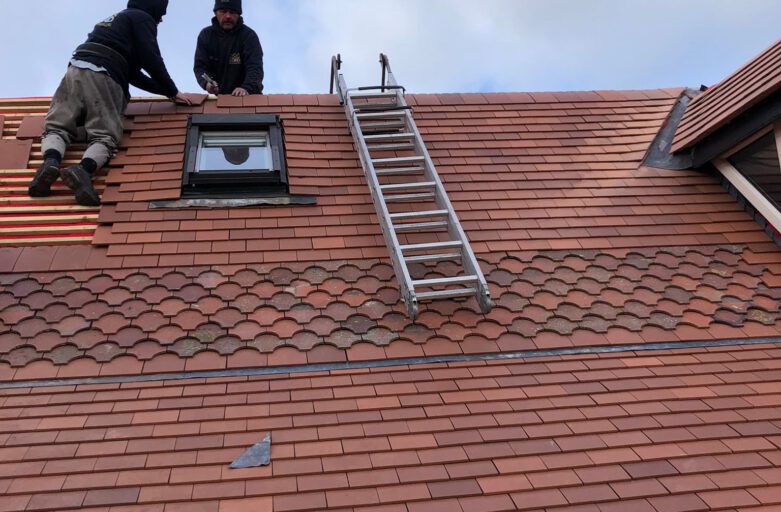
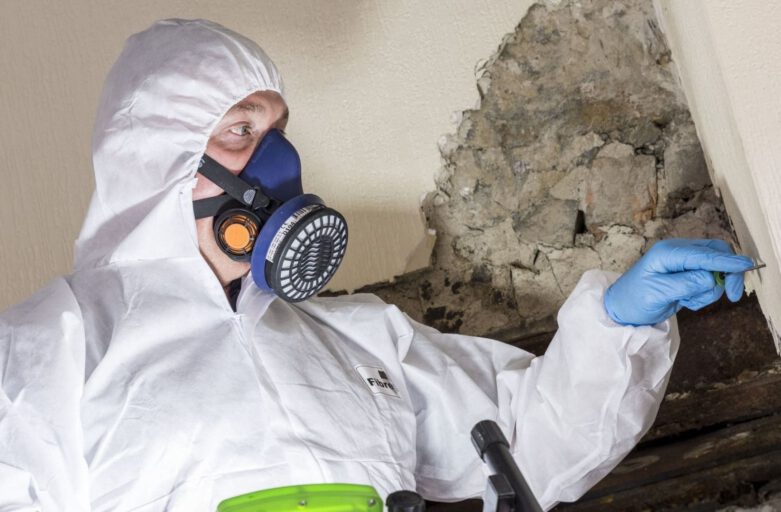





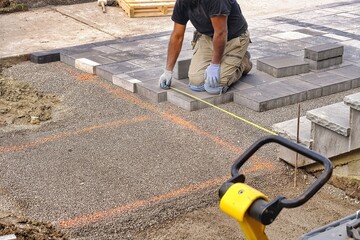
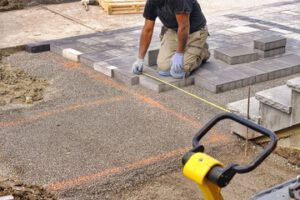 The cost of driveway paving can vary greatly depending on the type of materials used and the project’s size or size. Generally, asphalt and concrete are the most expensive options, while gravel and pavers are cheaper. However, it is important to consider all of the expenses involved with paving of your driveway to ensure you get the most value for your money.
The cost of driveway paving can vary greatly depending on the type of materials used and the project’s size or size. Generally, asphalt and concrete are the most expensive options, while gravel and pavers are cheaper. However, it is important to consider all of the expenses involved with paving of your driveway to ensure you get the most value for your money.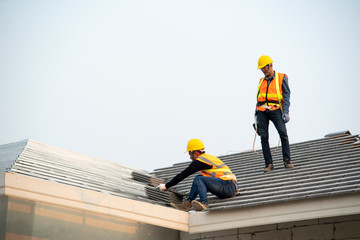
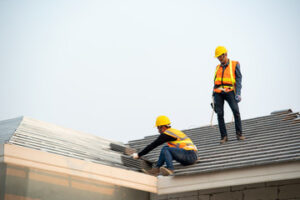 A water stain on your home’s ceiling may need to be addressed promptly but may not necessarily constitute an emergency roofing situation. Here are some common types of emergency repairs:
A water stain on your home’s ceiling may need to be addressed promptly but may not necessarily constitute an emergency roofing situation. Here are some common types of emergency repairs: